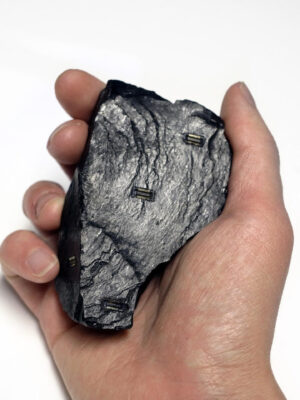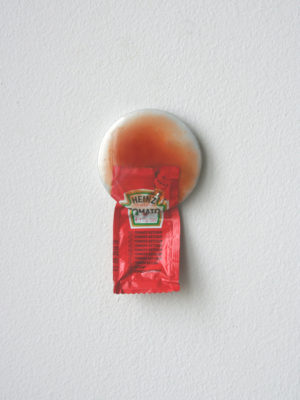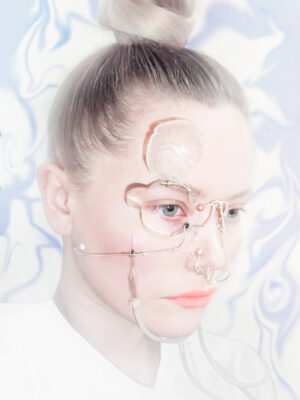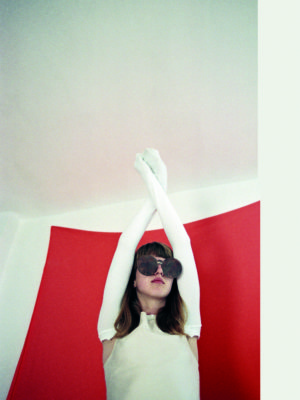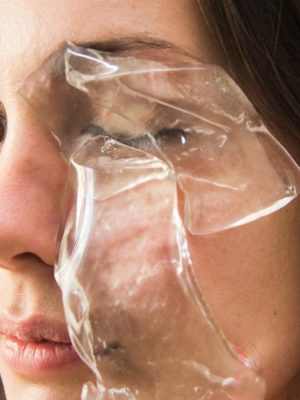Veronika Muráriková: Where did you spend the quarantine?
Conversation Piece: We spent the lockdown in Auckland, Aotearoa, New Zealand. We had been in Auckland since January 2020 for the Blumhardt Foundation’s inaugural international residency hosted by Objectspace.
We are immensely grateful for the support we have had around us – we have felt safe and cared for throughout the quarantine and also now, as the country has moved to level 2, and we are still here. There was a lot of kindness, people caring for each other, and very clear, firm yet calming directions from the government. Now that activities are starting again within New Zealand, we have another, an exceptional opportunity at experiencing the place where we are, learning more, looking more closely, or seeing what we didn’t get to see before.
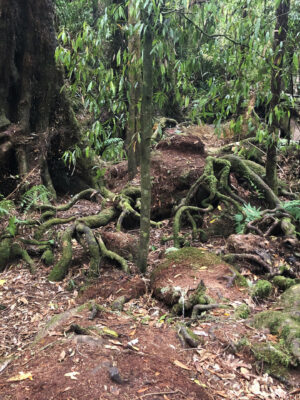
VM: What was the last project you had been working on before the corona outbreak?
CP: We had just managed to open our exhibition Animacy, at Objectspace in Auckland. It stayed open for about ten days before the lockdown has begun. From 26th May, Objectspace has opened again, and the exhibitions, including ours, have been extended until July.
Animacy encompasses nearly ten years of our collaboration, Conversation Piece. The works in the exhibition, and the exhibition scenography itself, which we designed, render visible recurring questions and themes that are essential in our collaborative practice: ideas of the anthropogenic sublime; of the unsettling beauty of a landscape profoundly affected by human action; of the intimate, enfolding boundaries that connect materials, places, objects, and people; of the possibility of becoming together with others; of the animacy and energy of particular elements and materials that too often go unnoticed, and what happens when we start to pay attention.
In the exhibition, we wanted to investigate the agency, or rather the animacy, of blue light, with particular reference to the use of digital display technologies, and how this exposes us to blue light outside normal daylight hours, affecting bodies, from our biological system to that of plants and animals. This particular kind of light in the exhibition space is in dialogue with the jewellery, objects, and their materiality – from Kino (2014) to Gold Rush (2016-2018) and Black Box (2020) – and offers an immersive embodied experience.
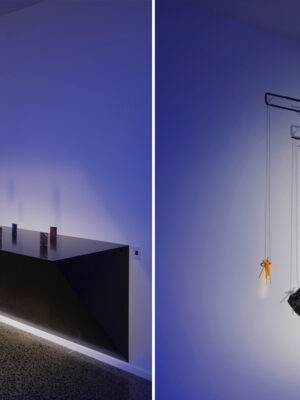
Pandemic or not, we were ready for a period of reflection and of slowly figuring out what direction we would take next in our practice.
VM: How has the pandemic influenced your practice?
CP: The pandemic took hold as we had just concluded a very meaningful experience – our residency in Aotearoa New Zealand – that culminated with the exhibition Animacy. There was a sense of closure with the opening of Animacy. Pandemic or not, we were ready for a period of reflection and of slowly figuring out what direction we would take next in our practice.
As we remained in New Zealand due to the closing of all routes that could take us back to Sweden, we thought that we could use the time of the lockdown for reading, reflecting on our practice, writing – doing all those activities that we always feel we need more time for, with as little pressure as possible. It didn’t work precisely that way – on one hand, it was a hectic time online, with work and teaching back in Sweden. On the other, we worried about our families and friends. We came to terms with a sense of profoundly shared vulnerability, at once frightening and comforting.
We tried to counterbalance the online dimension that our lives took during the lockdown, with learning more about craft and artists from Aotearoa. In particular, we enjoyed reading Crafting Aotearoa, a comprehensive book that maps the history of making in New Zealand, and Moana Oceania; and also, the book Whatu Manawa on the practice of weaver Matekino Lawless.
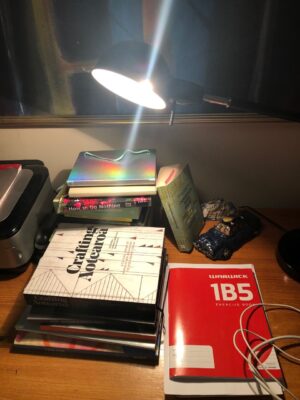
VM: Many people are now talking about a new starting point and reevaluating our ‘normal’ and customary ways of doing. Having said that, to what kind of environment would you like to return to?
CP: We hope to get back to a community that is more empathetic and inclusive, where we make time for each other, pay attention, stay informed, educate ourselves. A community that invests in the community – financially, but also in terms of time, care, empowering others. This goes for the market, for education, for what we call practice, and everything else.
During the lockdown, we read Jenny Odell’s ‘How to Do Nothing – Resisting the Attention Economy’, a book that both suited and soothed the time, us. There are many meaningful suggestions and propositions in the book, but maybe most importantly, is that of the need to resist the attention economy and cognitive capitalism enforced by corporate social media, among other powers that are vying for and eroding our capability to pay attention. So, there is an absolute need to retrain our attention, and for more responsibility in our communities, in how we support one another, and in how we communicate, both online and off.
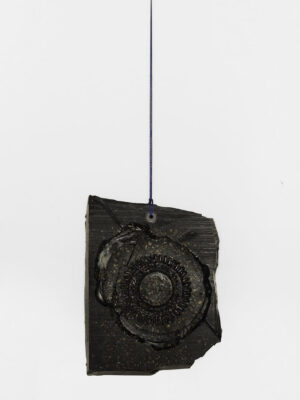
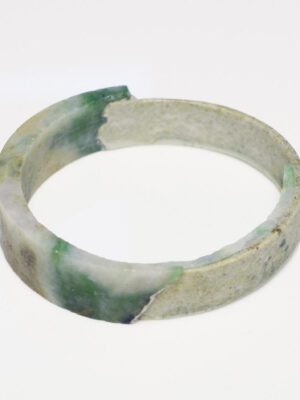
We hope to get back to a community that is more empathetic and inclusive, where we make time for each other, pay attention, stay informed, educate ourselves.
VM: What have you learned about yourselves and your shared practice during the lockdown?
CP: The experience of these last few months has given us more clarity on what is essential, both in terms of practice but also on a personal level, to function and be well. We think we will need much more time for slowing down. Time for observing and being in relation to a place and to who inhabits it. Time for understanding, developing, and, eventually, making. Time for educating ourselves. A time that is not defined by productivity or efficiency.
